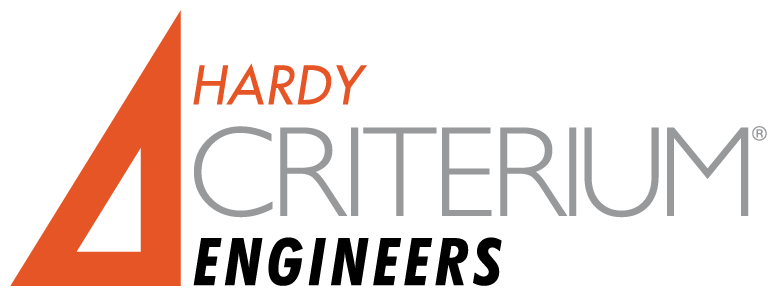Challenges Associated with Window Replacement
Window replacement can be one of a condominium board’s greatest challenges. This is due to elements of mystery, timing, and high cost. For a variety of reasons a unit owner may want to replace one or more of her unit’s windows. After following the condo’s guidelines for obtaining approval from the board or the building committee, approval is typically very straight forward. The problem arises when the project involves replacing many or all of the community’s windows.
Window Ownership
Windows typically belong to the unit owner and are not a common element under most condominium rules. Often complicating this issue is the ownership of windows is not always clear in the original condo documents. Sometime the board finds the matter of ownership was determined by a past board decision based on an incorrect interpretation of the condo’s documents. Therefore, when in doubt, the board should check with the condo’s attorney for the final determination.
Assuming it is confirmed the windows belong to the unit owner, the building committee is not off the hook with window leaks or other window failures, as these same condo rules assigning the windows to the unit owners also assign the window frames to the association’s responsibility. In many cases it is not the window that is leaking but the frame’s flashing (or lack of flashing), structural framing, or other common element causing the problem.
Window Replacement
Poorly installed windows not following the manufacture’s instructions are one of the biggest sources of unit owner complaints. Often the only solution is to remove the siding around the window, inspect the flashing, and re-flash. Many such problems can be minimized by preventive inspections using either visual methods or instruments such as moisture meters to focus on the specific moisture path to diagnose the issue.
Most window replacement projects are due to age. Quality windows will last more than 30 years. Environmental factors such as high wind areas or proximity to bodies of water can have an adverse effect on the useful lives of some types of windows. Window seal failure on a limited percentage of windows can also prompt their early replacement. And, interestingly, the driving factor in most condo window replacement projects is not the age of the windows, but the age of the siding.
Window Costs
It is not unusual for a condo unit owner to be faced with having to pay for window replacement because the community has made the decision to replace the siding. The lifecycle of the condo’s façade may not be in sync with the age of the current windows. Replacing or changing a community’s façade is a difficult decision in itself. As the fenestration elements of the façade include security issues, sightlines, and air flow matters, the board may decide the windows also must change. Recent national findings have shown the importance of improving air quality in older buildings by introducing natural ventilation. This may require communities to consider changing the type of windows replaced in the future.
Window Choice
Choosing the best replacement window can be a daunting task and often a board will need the advice of a professional such as an architect, engineer, or window supplier. Choices of style, functionality, and installation types can be wide-ranging with some windows eligible for a $500 federal tax credit. The first decision is often whether the replacement will be ‘full-frame’ window requiring exposure of the rough opening or an ‘inset’ replacement. This decision will be dictated by both cost and the impact of the window project on the siding or other framing considerations.
Today’s typical high-rise windows frames are metal while low-rise residential window frames will have a vinyl exterior surface. From there, the decision makers will turn to selecting the type of glazing (window glass) where both initial and life cycle costs of materials and energy conservation will be considered. The initial consideration is double- (two-panes) or triple-glazed (three panes). Maine’s northern climate would suggest triple-glazed is the best choice to reduce both energy loss and noise transmission.
It is at this point the need for window expertise comes into play. Window performance can be greatly improved by changing the chemical composition or physical characteristics including the use of tinted glazing or reflective coatings and films to reduce heat gain and glare. Some low-emittance coatings have been developed to improve both heating and cooling season performance. Other manufacturers use low-conductance gas fills between the glazing layers with thermally improved edge spacers to meet performance goals.
The board’s window consultant will be able to guide the board through this decision process to select the optimal window performance within the community’s budget restraints. Windows are a long-term investment, increasing the market value of the units while reducing the life-cycle costs of heating and cooling. Making the correct window replacement decision now will allow the project to see a clear success in the future.
Article written by Jack Carr, P.E., R.S., LEED-AP, Criterium Engineers
Published in Condo Media April 2021 edition
Download a PDF Version of this Condo Media “Seeing Clearly” Article

 Inspection Techniques for Surface Survival
Inspection Techniques for Surface Survival






